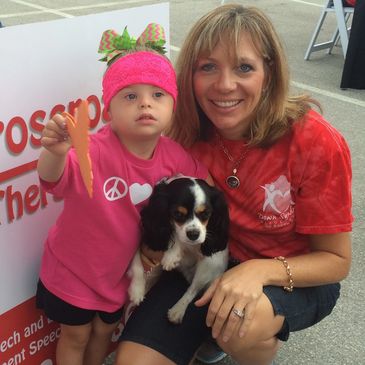Services
Our Mission

We strive to create a supportive environment involving parents, therapist and the client. Whether your child has a minor speech or language problem or a more complex issue, we will develop a comprehensive individualized therapy program to meet each child's needs. Therapist and parents work together as a team to facilitate the child's speech, language, feeding and overall communication development. Our primary goal is to support the family and improve the quality of life for our client's by providing services in a family-first, supportive atmosphere.
Services
Crossroads offers a variety of services in a variety of ways to meet the needs of each client. Therapy programs and recommendations are tailored to each individual client and are developed with the family. As always, if you have questions, feel free to contact us for more information..
Our Clients

For the last three years we've brought out son, Logan to Renee's clinic for one and two-week long intensive therapy sessions. Each time we are amazed at the remarkable progress made. Logan's pre-school teachers and therapist are amazed at the progress Logan has made and I know it's because of Renee's unique program. It's like magic! Camille Stokes - Logan's Mom
Photo Gallery
Copyright © 2018 Crossroads Therapy Clinic - All Rights Reserved.
